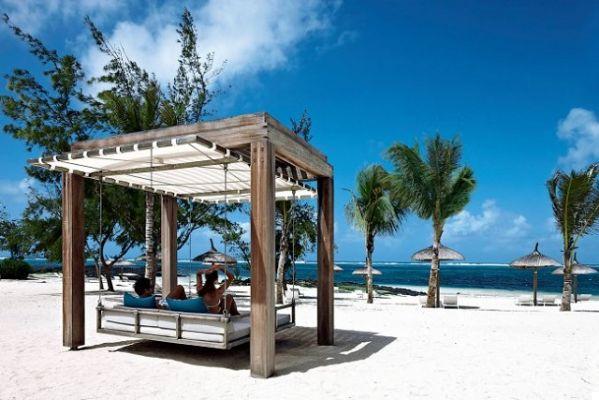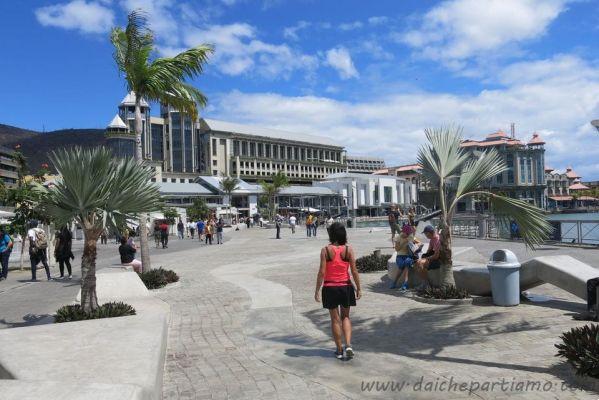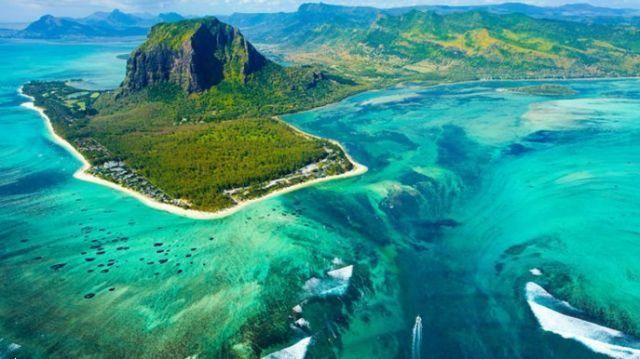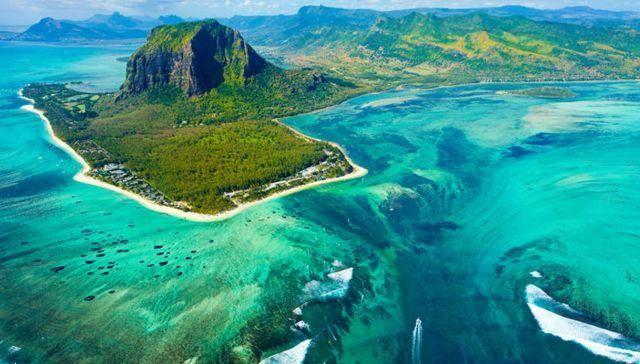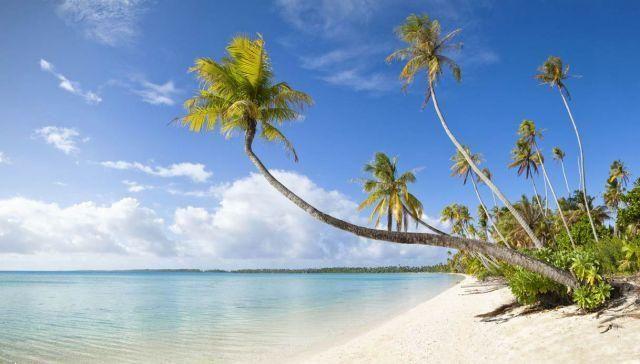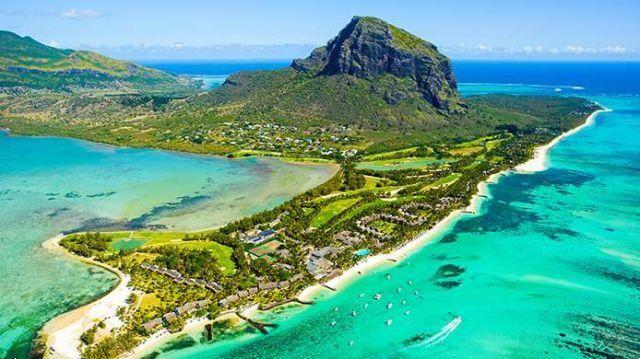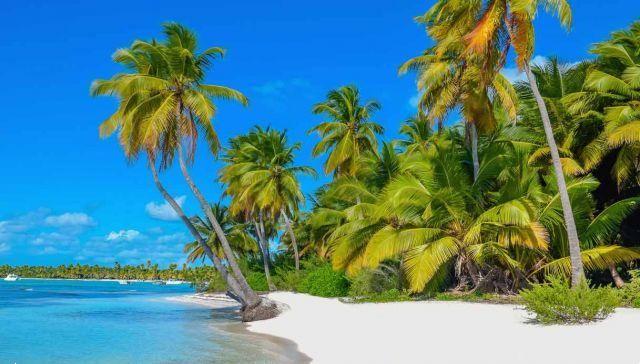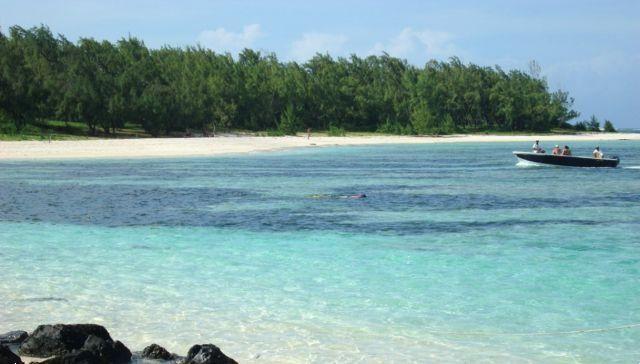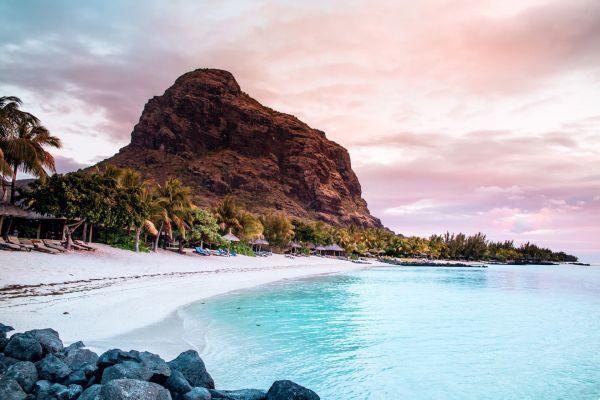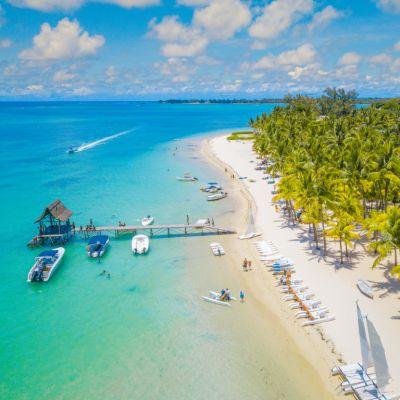 Mauritius nature itinerary, whose name is often associated with the Dodo and its extinction, which still preserves considerable biodiversity
Mauritius nature itinerary, whose name is often associated with the Dodo and its extinction, which still preserves considerable biodiversity
Mauritius is famous throughout the world for being the last place on Earth where Dodos lived, large flightless land birds that became extinct at the end of the 17th century after the arrival of the Dutch, to the point that they became part of the national coat of arms ; but if this naturalistic drama affected the island in the past, today it has become a place where you can admire wild and uncontaminated nature in a vast number of different ecosystems populated by many wonderful plants and animals.
The policy of respect for the environment extended to all the islands has led the Republic of Mauritius to establish numerous protected areas and national parks where ecosystems and the life forms within them can develop without interference and dangers from human development, leading at the same time to the growth of ecotourism. In this guide we will discover the naturalistic areas most beautiful and evocative ones that can be visited during a trip to the islands of Mauritius, in the land of the dodo, starting from the largest island, Mauritius, and then moving on to the smaller islands of the country.
The most important national park on the main island is the Black River Gorges, a large protected area in the south-eastern region of Mauritius on the slopes of the gorge carved by the river of the same name, which includes areas with highland rainforests, dry forests and marshy plains. This park was established in 1995 and is home to many endangered animals that live only on the island, especially the very rare species of parrots and small birds, and other animals that have been introduced to the islands of Mauritius over the years from other regions African, especially from Madagascar, such as tenerc and sambar.
The park offers visitors to the Mauritius Islands two information centers where they can discover all the secrets of the natural environment of the Black River, receive assistance on the most suitable routes based on environmental conditions and participate in educational projects for the little ones, who in this way they can experience the adventure of working alongside the park guides. Three of the most visited destinations within the Black River park are the spectacular ones Chamarel waterfalls, who dive into a lake below after a leap of over 95 metres, and the incredible geological formations of the area Terre dei sette colori, where erosion has produced a large sandy area made up of multicolored grains (red, brown, purple, green, blue, purple and yellow), a unique wonder in the world.
The second large park on the island of Mauritius is the Parco nazionale di Bras d’Eau, situato nella regione nord orientale, che contiene una grande foresta formata dal rimboschimento di aree precedentemente utilizzate come coltivazioni di canna da zucchero, in passato la principale risorsa economica del Paese. Sebbene l’ambiente non sia quello originario dell’isola la grande cura con cui sono stati ripiantati gli alberi e re-immessa la fauna hanno prodotto un ambiente perfettamente equilibrato in cui si può osservare in tutta la sua bellezza la grande biodiversità delle isole Mauritius.
Qui infatti vivono moltissime specie vegetali, come il raro ebano delle Mascarene e alcune specie di felci che si possono trovare solo su quest’isola, una grande varietà di uccelli coloratissimi e gli spettacolari gechi ornati. All’interno del parco si trova uno spettacolare percorso per mountain bike che segue alcuni tracciati delle antiche ferrovie delle piantagioni delle isole e attraversa le meravigliose foreste di Mauritius, arrivando fino alle pendici delle colline dove si trovano alcune incredibili grotte di origine vulcanica di grande suggestione. Nella zona più alta del parco si trovano alcuni osservatori astronomici e un radiotelescopio impegnato nello studio della Via Lattea.
Nella zona centrale di Mauritius si può organizzare una suggestiva escursione per visitare le più belle mete dell’entroterra dell’isola come il Grand Bassin, the sacred lake for Hindus and the state's main water reserve; the spectacular ancient forests of Macchabée; the large Mare aux Joncs waterfalls; and then arrive at the Mare Longue nature reserve. Although this area is the least visited by international tourist flows, it is perhaps one of the areas capable of offering the most spectacular views of the Mauritius islands, which allow you to admire at a glance the large forests that descend to the immense expanse of the Indian Ocean that stands out on the horizon.
In addition to the parks on the mainland, the islands of Mauritius offer a great variety of marine protected areas, sia in prossimità delle spiagge sia in mare aperto, che permettono di ammirare l’incredibile varietà di vita sottomarina della barriera corallina. I parchi marini più famosi sono quello delle isole minori, che raggruppano una vasta area di isole e isolotti situate nella parte più settentrionale di Mauritius; e il parco Blu Bay, sulla barriera corallina a sud-est di Mauritius. Per visitare queste meraviglie naturalistiche ci si può immergere nelle acque dell’oceano, seguendo le numerose escursioni che gli operatori turistici organizzano tutto l’anno, oppure si può noleggiare una barca con il fondo trasparente e ammirare così la vita sottomarina in tutta comodità.
Another way to get in touch with the underwater environment of Mauritius is to visit theecological aquarium of Pointe aux Biches, a large aquarium and marine research center that houses more than 200 species of marine animals including molluscs, corals, fish and turtles. One of the most impressive attractions in the center is the large swimming pool sharks dove si possono osservare a pochi centimetri di distanza questi grandi predatori che abitano le acque dell’oceano al largo delle isole.




